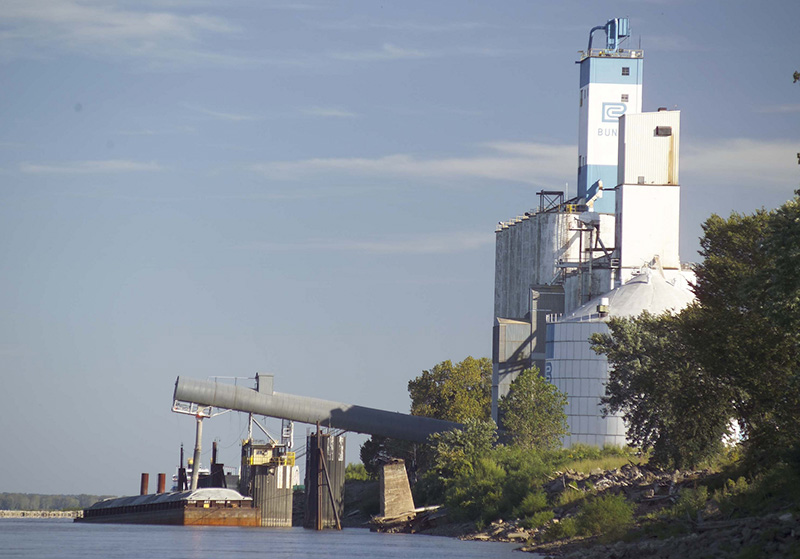Recently, while working on our April cover story about the inland barge industry, I began wondering why farmers got a bailout from the federal government for losses suffered by the trade war with China but the barge industry, which was equally harmed through the loss of the soybean market, wasn’t included.
I put the question to Jennifer Carpenter, the newly installed president and CEO of the American Waterways Operators, and she said the barge industry didn’t expect and didn’t seek any help. “We are not an industry that likes to ask for handouts, and frankly it’s not how we like to operate.”
She added that farmers surely would prefer open markets and open trade for their products, “and that’s what we prefer too. We prefer to have trade moving and take advantage of some of our natural advantages and not have policies that interfere with that. We look at it as let’s keep commerce moving, we’re not asking for aid, we’re asking for the ability to compete and do what we’re good at for our customers and our country - moving cargo.”
Mark Knoy, president and CEO of American Commercial Barge Line, one of the nation’s largest barge companies that recently filed for bankruptcy, citing the impact of the trade dispute as one reason, agreed. But he offered another explanation as well.
The problem with taking aid from Uncle Sam is that it fuels the view of those in Congress that believe barging is already a subsidized business because taxpayers foot a good part of the bill for waterways infrastructure on which barges operate. “They think we’re heavily subsidized already so that’s a real uphill battle,” he said. (I would note that this could be an especially touchy subject at a time when industry is asking Congress to change the Inland Waterways Trust Fund's (IWTF) funding formula for waterways infrastructure construction so that the federal government pays a bigger share of the costs and industry would pay less, thus freeing up more money for projects. The industry currently pays half the cost of construction projects through a 29-cent-per-gallon diesel tax.)
Some lawmakers take this view, Knoy said, “even though we provide the most fuel efficient and environmentally friendly mode of transportation.”
He added: “There are many more people impacted by flooding much worse than us when you think of the individuals, landowners and people who inhabit places along the waterways. Our industry receives significant funding and support from the U.S. government, so I’m not going to whine about the lack of additional support during tough times.”
There’s now another reason why it was better not to be included in such a bailout: President Trump's farm bailout program is mired in controversy over the funding formula and dogged by calls of political favoritism.
The General Accounting Office, the investigative arm of Congress, has just opened an investigation at the behest of Democratic senators into how the aid has been distributed. Sen Debbie Stabenow, D-Mich., requested the review, expressing concern that the program favored large farms in states that support President Trump, and as such, payments were being made to keep the president’s supporters happy. She and others in agriculture also said small farms suffering from the trade dispute were getting the short shrift in aid distribution.
Funds began flowing in 2018 after the U.S. started applying tariffs on billions of dollars worth of Chinese goods and China responded with their own penalties on products like soybeans and pork. This hit the soybean industry especially hard, as it essentially lost its most important customer and the Chinese moved orders to South American producers like Brazil. During the first five months of 2019, the U.S. exported only 4.3 million tons of soybeans to China, down from 15.2 million during the same period the previous year. U.S. farmers cut back acres for soybean planting due to low prices and demand.
As a result, barge lines specializing in dry bulk cargo lost business as there was so much less grain to move. The trade war is often cited as an important factor for the industry’s slump over the past two years.
The program began with $12 billion to help farmers mitigate their losses, but grew to $28 billion as the trade war dragged on. Soybean farmers received the highest total subsidy in 2018: $5.1 billion.
It’s been reported that this bailout is more than twice the $12 billion that was paid to the auto industry when General Motors and Chrysler faced bankruptcy during the Great Recession.





